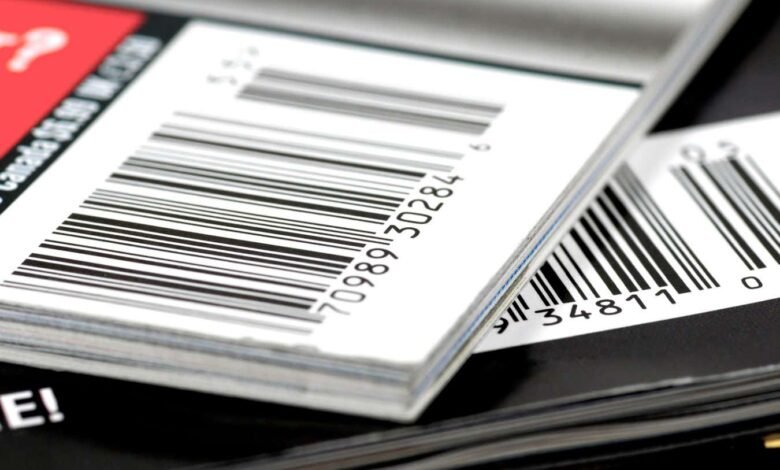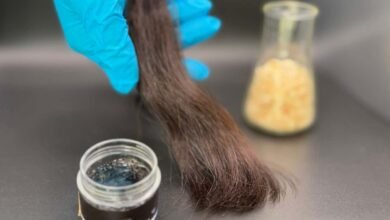Science
Barcodes: How they could be your latest mathematical party trick


Shutterstock/Scott Rothstein
Sometimes there are hidden patterns in numbers you might not immediately notice. One example of this is in barcodes, the sequences of digits we use to identify products.
Try it yourself – find an object with a 13-digit barcode. (If you are in the US, a 12-digit barcode will also work, if you imagine an extra 0 on the front of it.) Books won’t work, since they use a slightly different system, but magazines do, so you can use a copy of New Scientist. Add together the first, third, and fifth digits and so on, to get the sum of…
Source link




